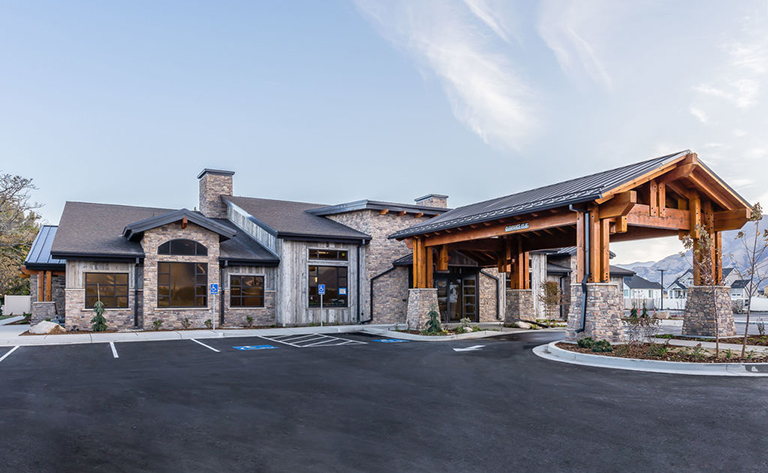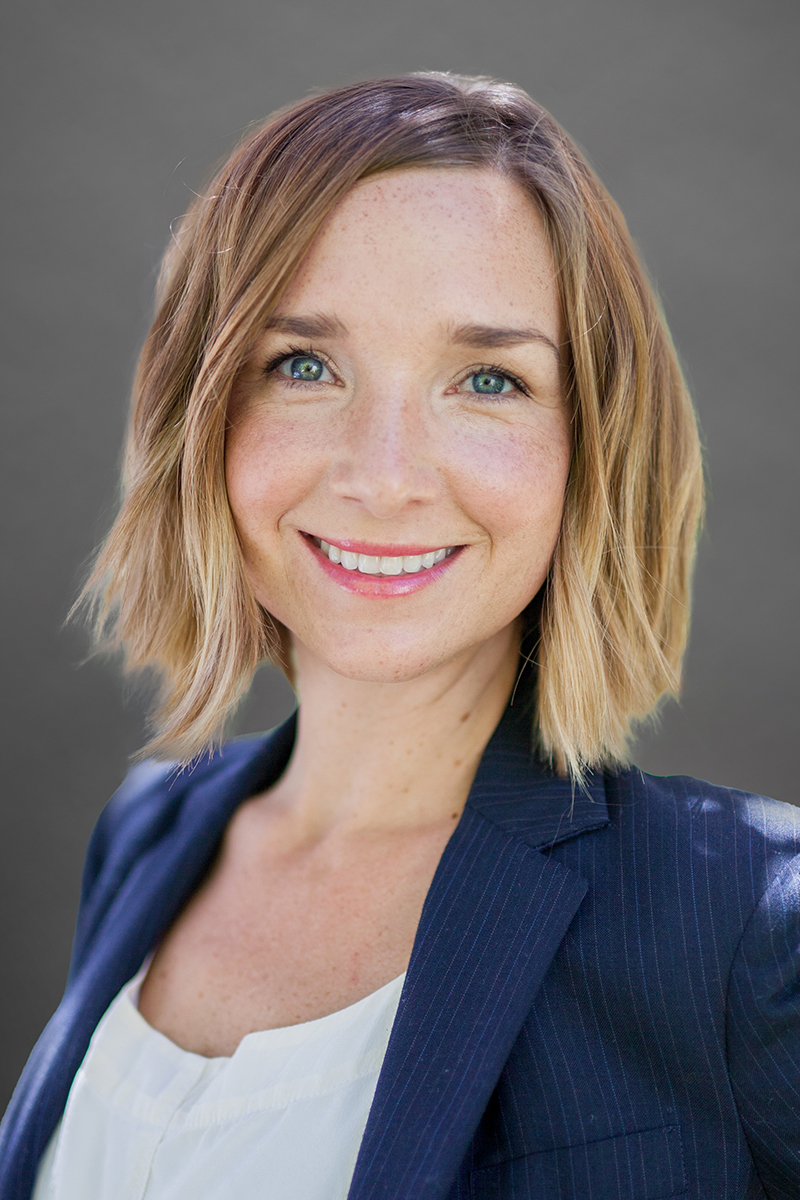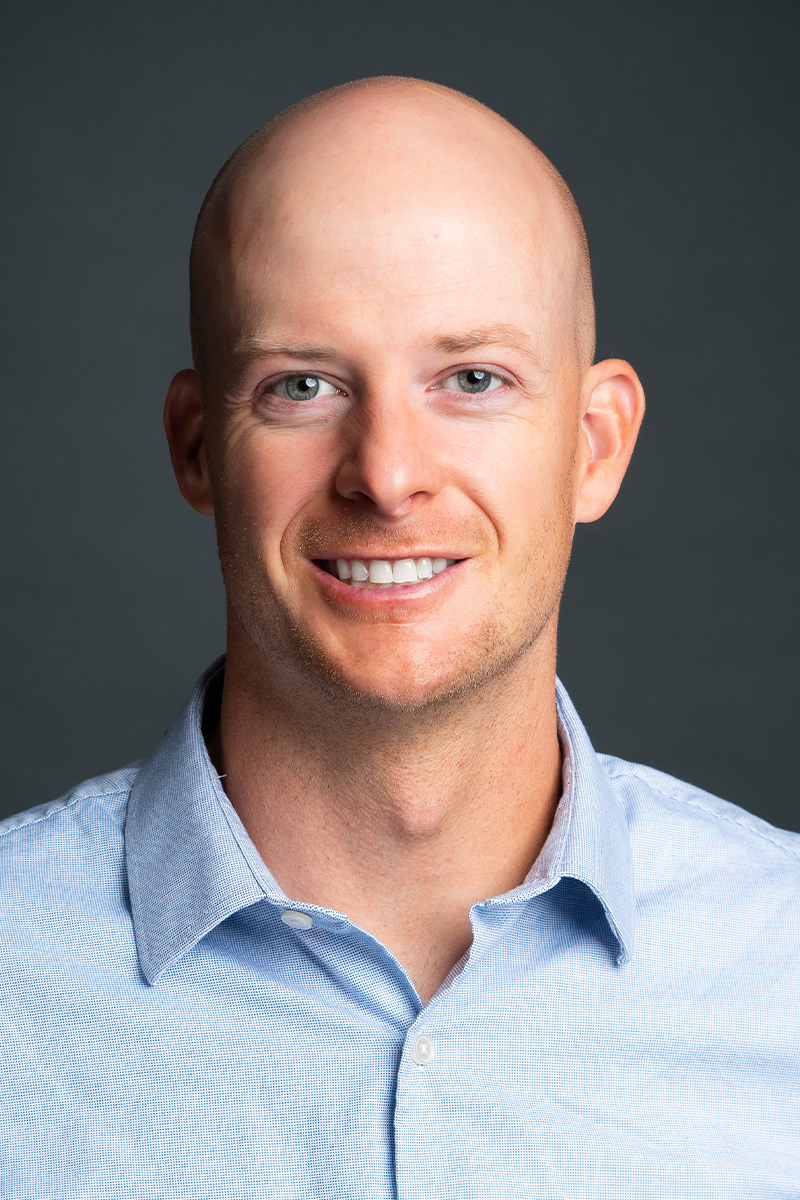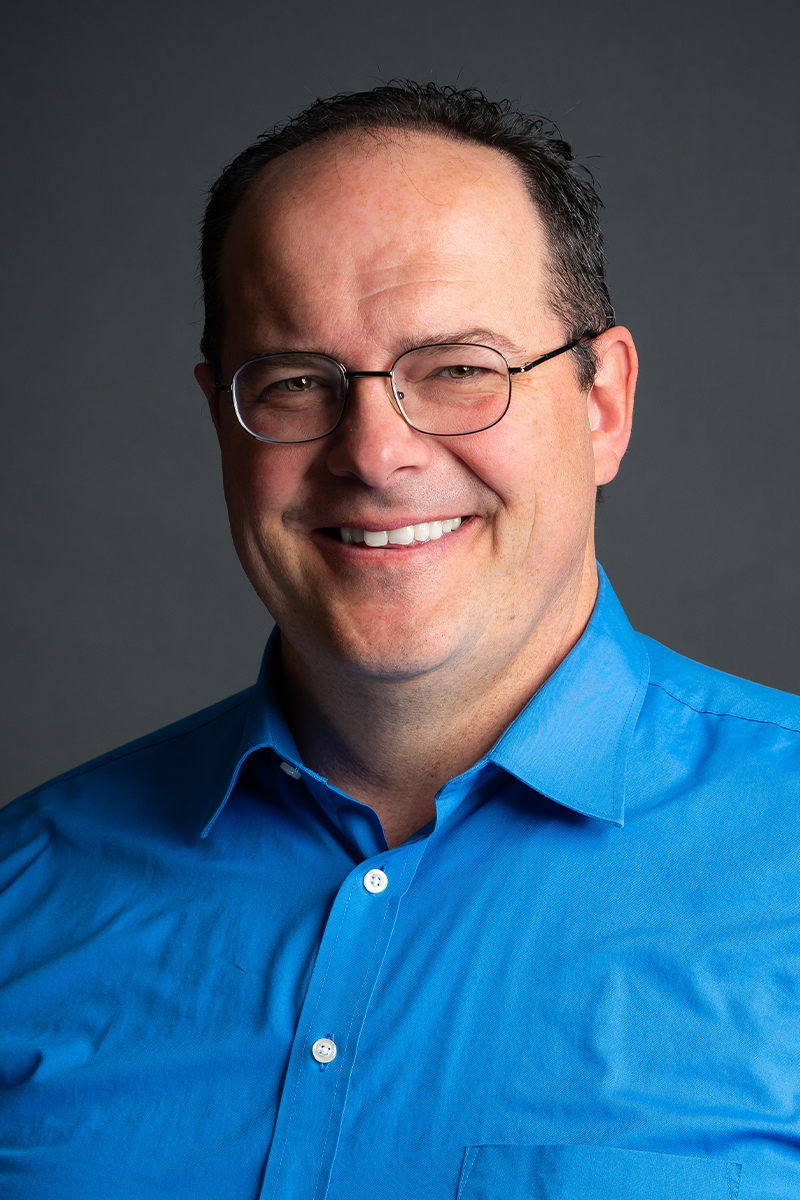January brings seemingly inevitable regrets about holiday excess and a renewed set of good intentions. And our yearly attempt to change our lives through “New Year’s Resolutions”. As I type this, on January 12th, many of us have already tried and failed to make meaningful changes to our lives. Studies show that most New Year’s Resolutions are broken by mid-January and almost all are broken by Valentine’s day. Just in time for a box of chocolates.
How do we do better? How do we actually make changes that stick?
There is a lot of research about habit formation. Much of it is based on what some call the “Habit Cycle.” Most describe this as a cue or trigger, an action, and a reward. The more obvious the cue and the stronger the reward, the more often the action. If we understand how powerful that cycle is in our lives, we can learn what triggers us to often unconscious action, and what rewards prompt those actions to occur over and over.
Many researchers have asked us to first spend some time and get curious about the habits we have. If there is something we are doing repeatedly, we should ask ourselves, “What triggers that action?” We should ask ourselves “what reward am I getting for that behavior?”
I recently asked these questions about one of my bad habits, mindless snacking.
At work I often retreat into my office to get a break. But it isn’t really a break, because my computer is staring at me and I can literally see the phone messages and to-do items blinking at me. It sounds strange, but when I sit in my office I often immediately stand up and wander the office to get a temporary break from work. And because it is strange to wander purposelessly in the office, I have found that wandering in search of a “treat” makes sense to my employees and colleagues. When I pass someone in the hall I don’t have to say “I am just walking around the building to get away from my phone messages”, I can say “I am just grabbing a snack from the break room.” I am now triggered by sitting and looking at my laptop. My action is to stand and look for food. The reward is a break from work on a long 10 hour day.
Over the years, this trigger-action-reward cycle has generalized to other situations. Now, when I am at home, I find that when I sit down at the computer to check e-mail or pay bills, I often last just a few minutes before I am wandering the house in search of a snack. In fact, as I was preparing a presentation on this topic just a couple weeks ago, as I sat down to go over my notes one last time before my presentation at the Clyde Recreation Center in Springville, I found myself in the pantry with a bag of chips in my hands. This was as I was preparing a talk on how to break bad habits and establish new ones!
Other than getting curious about the trigger-action-reward cycle, what advice do experts give us on how to establish long-lasting habits?
Ten Rules for Creating Habits:
- Work on one new habit at a time. Trying to change multiple habits is overwhelming.
- Take advantage of life changes. The best time to stop smoking is on vacation. The best time to start exercising is after moving to a new house or apartment.
- Commit for the long haul. Bad studies done in the 1950’s suggested that new habits can be cemented after 21 days. Newer studies show that implementation of new habits can take many months. Don’t be discouraged if you slip here and there; the trick is to keep moving forward.
- Small habits can be powerful. I tell my patients, even the morbidly obese patients, that I don’t want them to lose 30 pounds. I want them to lose 3. And then lose another 3. And then lose another 3. We shouldn’t start with a goal of walking an hour a day; we should start with a goal of walking 10 minutes after work. A goal of getting up an hour earlier to exercise might fail. But getting up 5 or 10 minutes earlier will succeed.
- Anchor new habits to established habits. I ask patients to duct tape their medication bottles to their toothbrushes so they remember to take their pills. It works. A researcher at Stanford wanted to do 20-30 pushups a day. So he began doing 3 pushups every time he went to the bathroom. Over a day, he met his goal, 3 pushups at a time.
- Plan for obstacles. What will you do if it snows? What will you do if your Mother-in-law comes to visit? What will you do on vacation?
- Create accountability. Use social media. Find exercise buddies. If someone is knocking on your door at 6:15 every day, you are much more likely to go walking.
- Create obvious cues. Leave your earbuds on a hook by the door. Put your exercise clothes on a hook in your room. Hang the dog leash on the door knob.
- Create meaningful, small rewards. Planning to only go on a vacation if you lose 30 pounds will not motivate you. Getting to watch the next episode of a great Netflix series will. I often suggest that new moms go walking for exercise. And for a break. I ask them to leave their phones home, so they are truly “off the clock.” And I privately suggest that they secretly walk… to the library where they can sit in a big chair and read a book without toddlers and newborns interrupting them.
- Create a new identity. Become a daily walker. A runner. A biker. A reader. Someone who walks the dog. Someone who doesn’t quit.
Establishing new habits and breaking old ones takes work. So where should we start? What gives us the most bang for our buck?
I presented recently on Blue Zones. National Geographic has published beautiful photo essays on these communities. People in these areas live on average 8-12 years longer than the rest of us. One Blue Zone is on the island of Okinawa, another is on the Island of Sardinia, and another is located in Loma Linda, California. This research team tried to answer questions about what these people do that enables them to live longer, happier, and better lives.
They boiled their research down to four suggestions: move, nourish, refresh, and connect.
People who live long, happy lives move all the time. They walk. They work. They do. They eat more plants than meat. (Dr. Paxton talked about evidence-based diets at a presentation at the Clyde Recreation Center you can visit https://canyonviewmedical.com/community-health-seminars/2019-seminars/ in the coming weeks to watch his presentation). They have a purpose in life, a reason for living, something that motivates them to get up every day. And they are part of what one researcher called the “right tribe.” Their friends also move daily, eat healthily, have a purpose to life, and value lasting friendship.
That research is fascinating and is worth reading about and eventually implementing fully. But focusing on all of that at once violates my Rule #1 above… to be successful we need to start with just one goal, one habit we want to implement.
So again… what do we start with? What to do first?
There is a great YouTube video that I recommend to my patients that answers this exact question. It was produced by Dr. Mike Evans and is called “23 and 1/2 hours.” You can watch it here – 23 and 1/2 hours. His main point, which he supports with a fun review of good evidence based literature, is that 30 minutes of exercise a day does more for your health than any other intervention we know of.
So if you are to start with one goal, it should be to build up to 30 minutes of exercise every day. You can break it up… 15 minutes before work and 15 minutes after, but that simple activity will add years to your life.
It doesn’t sound like much, but most of us are not doing it. We need to start small, with a goal of a few minutes of exercise each day. We need to think about triggers and rewards. We need to get curious about what motivates to exercise and rewards us for doing it. We need to follow the 10 rules above so we can cement that habit as part of who we are.
We need to establish our identity as a community who together, somehow, someway, finds time to exercise 30 minutes every day.
Let’s work together on creating a new “Blue Zone” right here in Utah County, so that someday National Geographic will send a team to take beautiful pictures of us and ask us what we are doing differently that allows us to live longer and better lives.
To see a video version of Dr. Taylor’s presentation “Healthy Habits for the New Year” click the link – Healthy Habits for the New Year Video Presentation.



